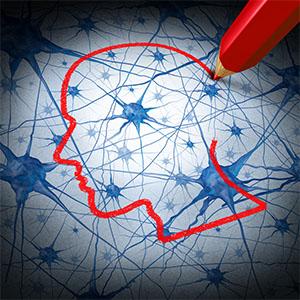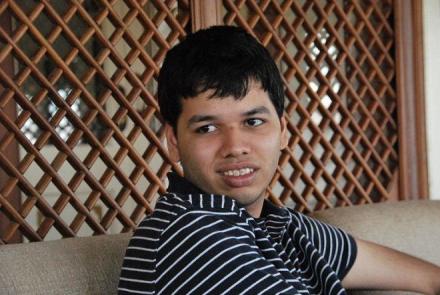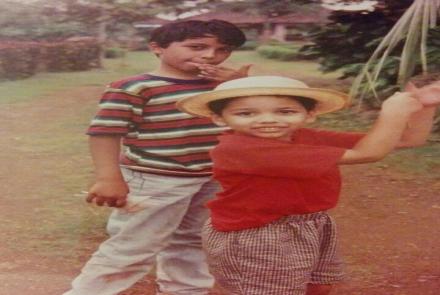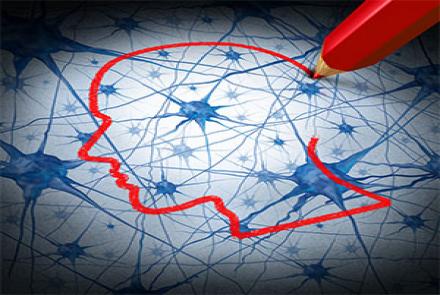Epilepsy is a chronic disorder marked by recurrent, unprovoked seizures. Many people with epilepsy have more than one type of seizure and may have other symptoms of neurological problems as well. According to WHO, it affects 50 million people worldwide. 75% of the people with epilepsy in low and middle income countries do not get treatment for Epilepsy

A doctor may sometimes indicate a type of epilepsy based on whether the cause is known and identified (symptomatic) or cause is known but not identified (cryptogenic) or cause is not known (idiopathic).
The types of seizures are also important in the treatment approach.
What are the types of seizures?
1) Focal (partial) seizures
They are produced by a relatively small part of the brain. They are of two types
- Simple partial seizures : characterized by alteration in emotions, memory etc. patient retains awareness.
- Complex partial seizures : Patient stares in to space and will not respond normally to environment or performs repetitive movements such as hand rubbing, chewing, swallowing. Patient does not retain awareness.
2) Generalized seizures
They are produced by electrical impulses from throughout the entire brain.
- Absence seizures (Petit mal seizures) : cause a loss of consciousness for few seconds with minimal symptoms. Mostly seen in children and can go undetected for a long time.
- Tonic seizures : characterized by stiffening of muscles
- Atonic seizures (Drop seizures) : characterized by sudden and general loss of muscle tone in the arms and legs.
- Clonic seizures : characterized by repetitive, rhythmic jerks that involve both sides of the body at the same time.
- Myoclonic seizures : characterized by sudden jerks on both sides of the body.
Community
Condition

















